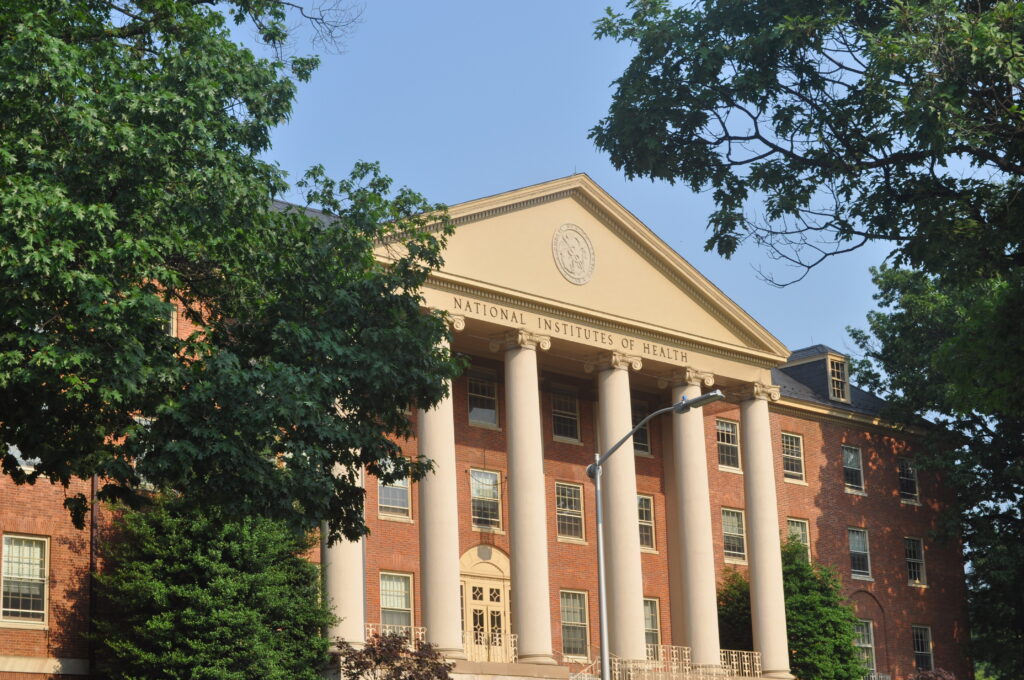 MALIKA CONNER, malika@righttocounselnyc.org, @RTCNYC
MALIKA CONNER, malika@righttocounselnyc.org, @RTCNYC
Director of organizing for Right to Counsel NYC Coalition, Conner said today: “The CDC eviction moratorium set to expire July 31 doesn’t go far enough to protect tenants: It stops landlords from evicting only some tenants and doesn’t prevent landlords from suing. It also prioritizes landlords’ profits over tenants’ needs by requiring tenants to pay what little money they have towards rent.
“The current eviction protections in New York State, enacted through the COVID-19 Emergency Eviction and Foreclosure Prevention Act (CEEFPA), protects most tenants from eviction, but only if they submit a hardship declaration form. These state protections are set to expire on August 31 and must absolutely be extended to prevent a health and homelessness crisis.
“Neither of these so-called moratoriums stop landlords from suing tenants wholesale, which is a serious cause of anxiety and stress for tenants and puts hundreds of thousands of families in immediate risk of eviction when they expire.
“Right now, despite these protections, there are more than 236,000 households across New York State with eviction cases in Housing Court. During the pandemic alone, landlords sued more than 65,000 tenants for eviction. That’s a nearly 40 percent increase in eviction cases since March 2020 and tens of thousands of families at risk of losing their homes.
“We cannot let these protections expire while New Yorkers are still reeling from the pandemic. Many tenants are without work, are struggling to pay for necessities like food and healthcare, and continue to endure poor living conditions in apartments neglected by landlords throughout, and even before, the pandemic. A recent study by UCLA also found that the number of coronavirus cases and deaths ‘increased dramatically’ in states where eviction moratoriums had been lifted.
“Governor Cuomo and the State Legislature must act now to stop mass evictions. The CEEFPA must be strengthened and extended beyond August 31st so all tenants are protected. Along with its many horrors, the COVID-19 pandemic taught us some important lessons. One of those lessons is that we can never again accept the routine inhumanity of the housing court eviction machine. Allowing the eviction protections to expire is simply not an option and will quickly reel us back to overcrowded, superspreader housing courts and families facing homelessness.”








